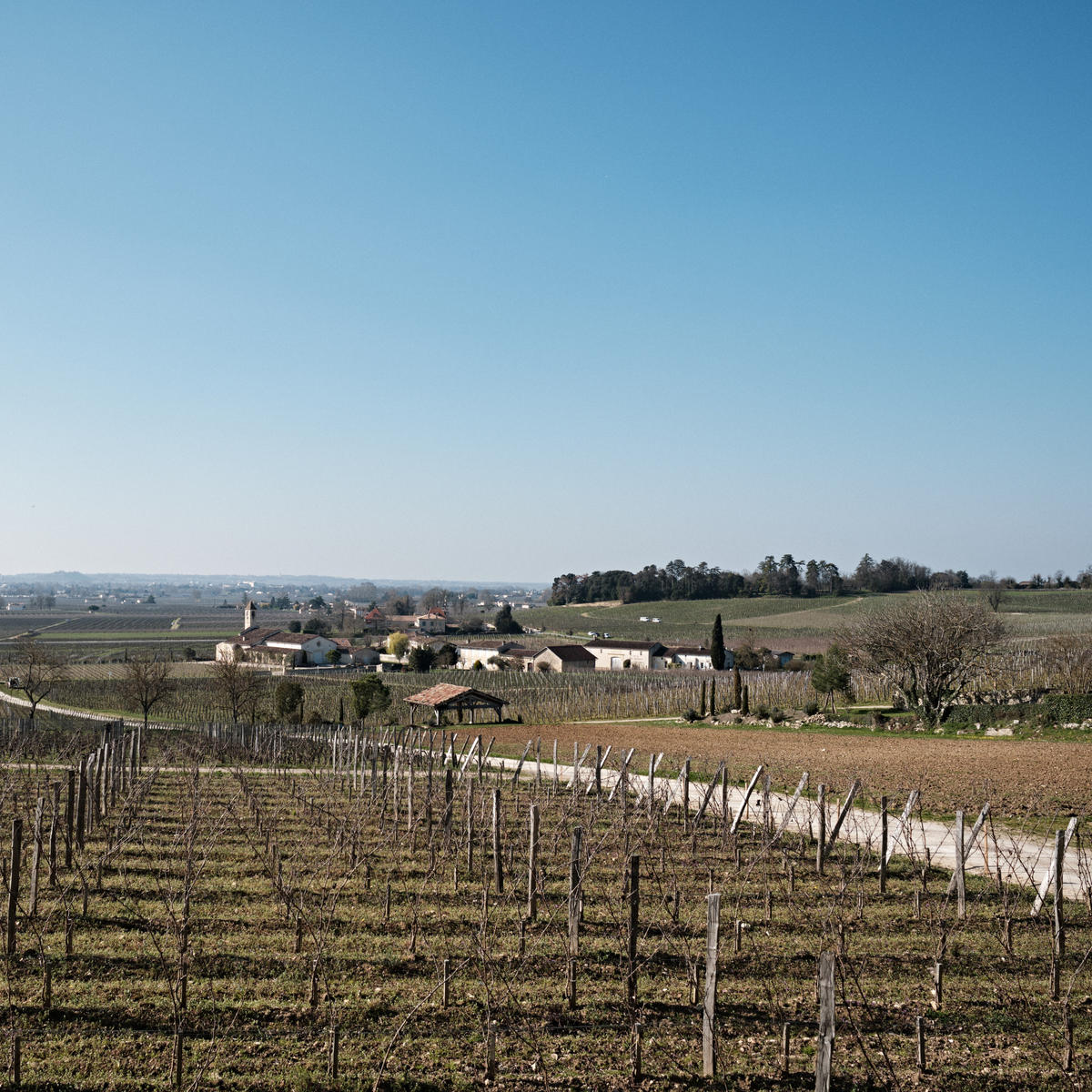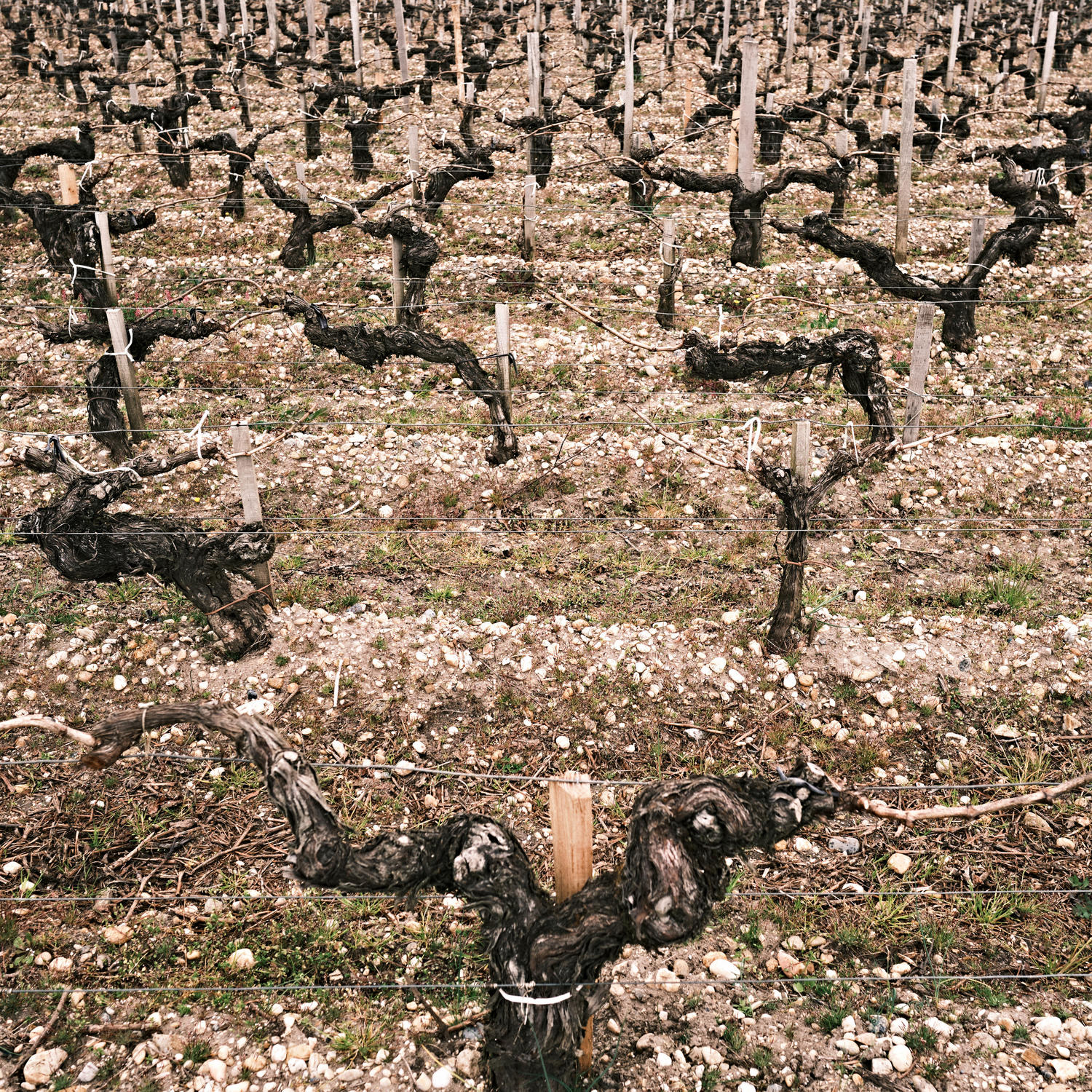Our verdict on Bordeaux 2021
Author: Mark Pardoe MW

Our experts have tasted far and wide, met with the producers and discussed their findings. There is pleasure to be found with Bordeaux 2021, says Mark Pardoe MW, though quality is not uniform. Here, our Wine Director reports on the vintage and the wines.
The 2021 vintage in Bordeaux was among the most difficult in memory. A sequence of challenges began with frost in early April, which hit the early-budding vines after a mild start to the year. A sodden and warm May and early June then caused extreme pressure from mildew. A cool August, and the threat of further rain in early October, meant that there was never a moment to relax.
The most successful wines have come from properties where there was the resource and the will to work every hour necessary to keep the vines on track.
THE IMPORTANCE OF TERROIR
This is a vintage that confirms the importance of terroir. This unique concept, combining location, aspect, soil and microclimate, is sometimes thought to be less relevant in Bordeaux than elsewhere, given the scale at which these châteaux operate.
But the best-situated vineyards, be they close to the river on the Médoc’s gravel terraces, or on the limestone or gravels in St Emilion and Pomerol, are where the vines have been able to best resist the extremes of nature. And it’s here that the finest wines have been made.

Where the vintage falls short is when the Merlot was dilute from too large a crop. Or when the Cabernets didn’t reach full maturity. In these cases, the wines have a hole in the mid-palate, and the tannins have a thin bitterness. But when balance is achieved, the best wines are delightful – pure, precise and delicious, and at the top end, of real substance.
IMPRESSIONS OF THE VINTAGE
This will be an early-drinking vintage in that even the best bottles should be accessible five or so years from release. The real successes will continue to drink beautifully over a period of 15-25 years. The finesse of their aromatics will make these wines beautifully appealing with some age. But this is not an intense, concentrated vintage, and they will not require extended ageing to open up.
The lasting impression, among châteaux, merchants and some commentators, is that this is a much better vintage than hoped for or expected. The low yields have given the wines a balance and depth that would have been absent with a large crop, certainly.
A NEW KIND OF VINTAGE
It could also be argued that had these conditions occurred even a decade ago, the result would have been much less successful. Vineyard health is better today. The best estates now have the resources to combat whatever challenges they face. And there’s a much greater knowledge of vineyard composition and the evolution of each plot.
All of this, married to a much more sensitive winemaking regime, means that ’21 is almost a new category of vintage. These are successful, ripe and balanced wines from a cool year.
Comparisons to other vintages are difficult. Stylistically, the ’21s have something of ’01 or 1999 about them. There is something extra about the best, as well – perhaps with a nod to 2004, ’08 or ’14. Parallels have been made on the Left Bank with 1996, which also enjoyed a long, cool and sunny October. But had any of those vintages faced the same challenges as 2021, nothing approaching the quality that we have in this vintage would have been achieved.
THE HALLMARK OF BORDEAUX 2021
The coolness of the vintage is the final hallmark of ’21. It has allowed delicacy, with lower alcohol, to flower. And it harks back to a style of a generation ago, but with much more attention to detail.
It should be remembered that this was actually not a wet year. The rain only really fell in late spring and early summer. In terms of averages, it is no wetter than the recent “dry” vintages. What ’21 didn’t have were the spikes of heat around 40°C that marked the preceding trio of vintages.
In summary, there is great pleasure to be found in the best of the year – but quality is not uniform. The Left Bank is not necessarily better than the Right. Cabernet Sauvignon and Cabernet Franc have probably been more successful than Merlot, especially when allowed extra hangtime to a mid-October harvest. But there are many excellent Right Bank wines where great terroir has marshalled the Merlot to a small and aromatic crop.
WHITE WINES
The dry whites of Pessac-Léognan are superb, with ripeness and freshness both in abundance. The quality is uniformly high. The more esoteric whites from the Médoc are also very successful, albeit in a slightly richer style. The sweet wines of Sauternes and Barsac are outstanding. Sadly they are available only in minuscule amounts because of extensive frost damage.


